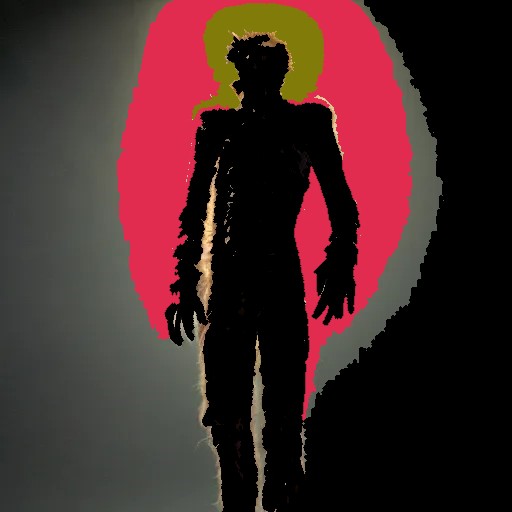a brief history of ooranye
25: the kalyars
[continued from 24: Holding the line]

On a few spooky occasions, the people of Syoom have known that an era has ended without knowing why. That is how it happened at the end of the Tantalum Era and the beginning of the Tungsten.
Although it had been several hundred lifetimes since the last eomasp, there were some historically-minded people who, when the day’s rhythm faltered, knew what it signified. The “blip” wasn’t large; the day in question was a mere couple of hours longer than usual. Nevertheless the event could not be ignored by anyone brave enough to face the truth. So, instead of dating it “17,532,220 Ta”, these people realized that in reality there was no Day 17,532,220 of the Tantalum Era. Rather, it was “1,W”. (We are of course using Terran translations of the chemical symbols for the eras, as always in this history.)
Awareness of the change was unusually slow. For many days innumerable documents continued to be dated 17,532,221 Ta, 17,532,222 Ta and so on. After all, if nothing big seemed to have happened, why begin the count of days anew? Eventually, however, the believers in Era 74 won out.
This was due partly to their persistence, partly to the scientific fact of the eomasp, and partly to the increasingly precise rumours that something big had happened after all.
Uranian scientists still argue about how this particular eomasp happened. Was it a rare instance of the aerial micro-organisms being affected, not by a wave of intense emotion, but by a different disturbance? Or was the emotion present, but concentrated and hidden among the few kalyars to reach awareness of their condition on 1,W?
For the age of the kalyar – the evolved man – had dawned.
Era 74, the Tungsten Era, lasted 18,934,797 Uranian days, or 771 Uranian years, equivalent to 64,800 Earth years. It was a long-drawn-out reckoning for the flaccid culture inherited from the Tantalum Era. Mankind found that its unity was disintegrating into several species. One of these was a continuation of the Nenns – ordinary Uranian humanity. The others were called, generically, kalyars, but each referred to themselves by different names. It was an age of confusion. The land of Syoom became a melting-pot.
Towards the end of the era, during its last two or three million days, a mighty process of Syoomean regeneration began, and at the core of this process was the gradual restoration of the vitality of the sunnoadex. The Sunnoad, Syoom’s chief citizen and living symbol, became once more its active focus, its recourse in times of crisis. Parallel with this process was a movement of population. The Nenns of Syoom, sifting themselves out of the mass of different kalyar species, migrated together to dominate a smaller, tighter Syoom. The borders of the kalyar societies which were left around the edges of this area gradually took on greater definition.
A crisis brewed, and war threatened, between the central Nenn area and the kalyar periphery. Complex issues were involved. A revival of one of the teleological guilds of the Zirconium Era conducted research into the planetary id; the result suggested that the Nenns were privileged with regard to destiny, and that they, and not any one of the kalyar species, must carry the principal torch of human civilization down through the ages. The guild’s research team had included kalyars as well as Nenns, and could not be accused of species bias; but for many its conclusions were understandably hard to accept. If kalyars were so peripheral to destiny, why had they evolved? In answer to this, it was suggested that perhaps they and not the Nenns were the key to the future, but only the very far future – the next Great Cycle, in fact. In which case, they should wait and be content and learn what they could while waiting for thousands of millions of days, till all 92 Nenn eras were over and their hour came.
Not
many kalyars were prepared to accept that their species would have to wait that
long for a major role in history.











































